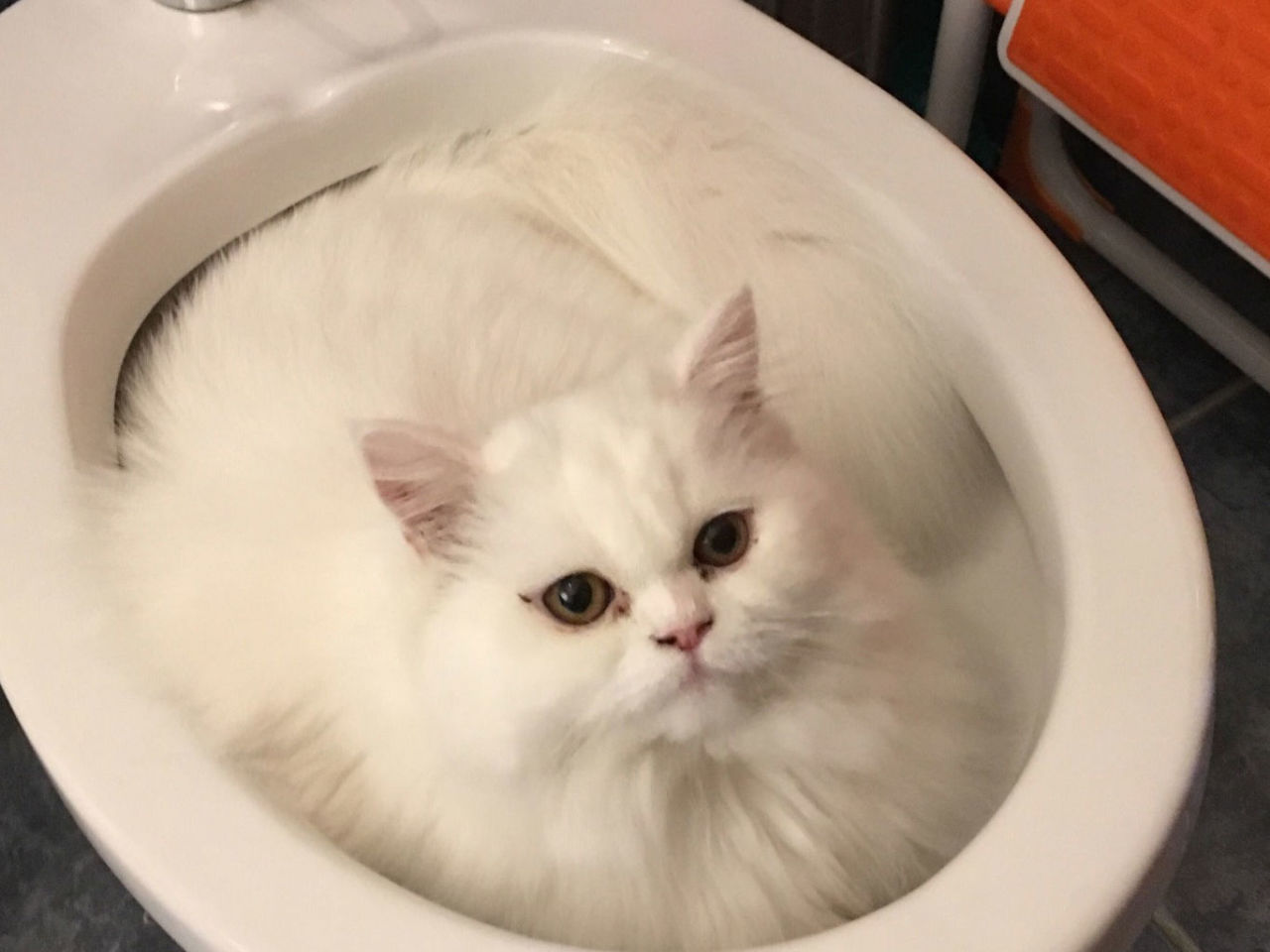Reasons You Mustn't Flush Cat Poop Down Your Toilet - Preserve Your Pipe System
Reasons You Mustn't Flush Cat Poop Down Your Toilet - Preserve Your Pipe System
Blog Article
This article down below about How to Dispose of Cat Poop and Litter Without Plastic Bags is rather informative. You should investigate it.

Introduction
As cat proprietors, it's vital to bear in mind just how we take care of our feline good friends' waste. While it may appear practical to flush pet cat poop down the bathroom, this technique can have harmful consequences for both the setting and human health.
Alternatives to Flushing
Fortunately, there are more secure and much more liable methods to deal with pet cat poop. Consider the adhering to choices:
1. Scoop and Dispose in Trash
The most usual method of disposing of feline poop is to scoop it right into a naturally degradable bag and toss it in the trash. Make certain to use a specialized litter inside story and deal with the waste promptly.
2. Usage Biodegradable Litter
Choose naturally degradable cat clutter made from products such as corn or wheat. These trashes are environmentally friendly and can be securely disposed of in the garbage.
3. Bury in the Yard
If you have a backyard, think about burying pet cat waste in a designated area far from veggie yards and water resources. Make certain to dig deep enough to avoid contamination of groundwater.
4. Mount a Pet Waste Disposal System
Purchase a pet dog waste disposal system specifically developed for cat waste. These systems use enzymes to break down the waste, minimizing smell and environmental influence.
Health Risks
Along with ecological problems, purging feline waste can additionally present health risks to people. Cat feces may include Toxoplasma gondii, a parasite that can trigger toxoplasmosis-- a possibly serious health problem, specifically for expectant females and people with damaged body immune systems.
Environmental Impact
Flushing cat poop introduces dangerous virus and bloodsuckers right into the water, posturing a substantial threat to marine ecosystems. These contaminants can adversely influence marine life and concession water top quality.
Verdict
Liable family pet possession prolongs beyond providing food and shelter-- it additionally entails correct waste administration. By avoiding purging feline poop down the toilet and opting for alternative disposal approaches, we can lessen our environmental footprint and protect human wellness.
Why Can’t I Flush Cat Poop?
It Spreads a Parasite
Cats are frequently infected with a parasite called toxoplasma gondii. The parasite causes an infection called toxoplasmosis. It is usually harmless to cats. The parasite only uses cat poop as a host for its eggs. Otherwise, the cat’s immune system usually keeps the infection at low enough levels to maintain its own health. But it does not stop the develop of eggs. These eggs are tiny and surprisingly tough. They may survive for a year before they begin to grow. But that’s the problem.
Our wastewater system is not designed to deal with toxoplasmosis eggs. Instead, most eggs will flush from your toilet into sewers and wastewater management plants. After the sewage is treated for many other harmful things in it, it is typically released into local rivers, lakes, or oceans. Here, the toxoplasmosis eggs can find new hosts, including starfish, crabs, otters, and many other wildlife. For many, this is a significant risk to their health. Toxoplasmosis can also end up infecting water sources that are important for agriculture, which means our deer, pigs, and sheep can get infected too.
Is There Risk to Humans?
There can be a risk to human life from flushing cat poop down the toilet. If you do so, the parasites from your cat’s poop can end up in shellfish, game animals, or livestock. If this meat is then served raw or undercooked, the people who eat it can get sick.
In fact, according to the CDC, 40 million people in the United States are infected with toxoplasma gondii. They get it from exposure to infected seafood, or from some kind of cat poop contamination, like drinking from a stream that is contaminated or touching anything that has come into contact with cat poop. That includes just cleaning a cat litter box.
Most people who get infected with these parasites will not develop any symptoms. However, for pregnant women or for those with compromised immune systems, the parasite can cause severe health problems.
How to Handle Cat Poop
The best way to handle cat poop is actually to clean the box more often. The eggs that the parasite sheds will not become active until one to five days after the cat poops. That means that if you clean daily, you’re much less likely to come into direct contact with infectious eggs.
That said, always dispose of cat poop in the garbage and not down the toilet. Wash your hands before and after you clean the litter box, and bring the bag of poop right outside to your garbage bins.
https://trenchlesssolutionsusa.com/why-cant-i-flush-cat-poop/

As a passionate reader about Can You Flush Cat Poo or Litter Down the Toilet?, I imagined sharing that article post was worthwhile. You should take a moment to promote this write-up if you enjoyed reading it. I am grateful for your time. Don't hesitate to check our blog back soon.
Call Today Report this page